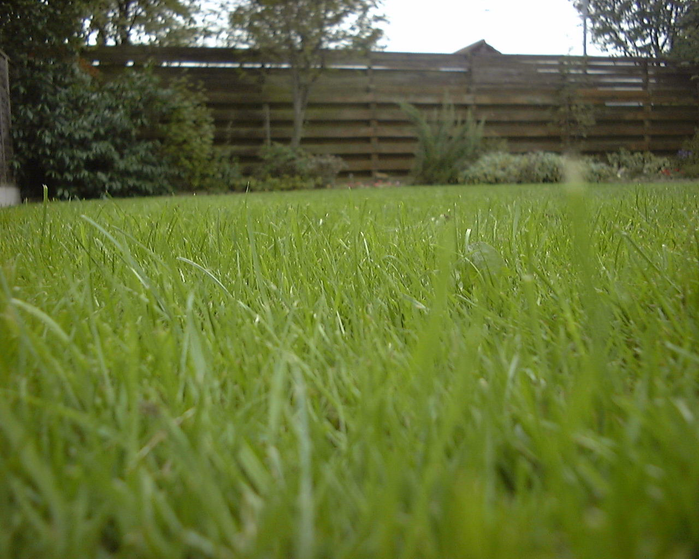How to Recover Your Lawn Following the 2018 Drought
Overseed your drought damaged lawn.

Overseed your drought damaged lawn.
After the drought of 2018, many lawns, pitches and parks were left damaged, dry and even dead. Here at Barenbrug, we have some top tips on how to revive your turf from our grass seed experts…
THE BASICS
Patches in lawns can appear for a number of reasons, and when they do, it is always advisable to repair your lawn. The hot, dry summer of 2018 left many lawns badly scarred and in desperate need of repair. Although it may seem sensible to just turf the area, the problem may reoccur. So, the best method is often to overseed, which is generally the best long-term solution. Professional groundsman use this technique to restore worn areas on sports pitches, turning them back into lush green carpet in just a few weeks. Reseeding, or turfing bare patches will prevent weeds germinating in the patches, and of course, it looks much better.
WHERE
If your lawn is thin and patchy and has brown spots, perhaps from physical damage or wear and tear, it should be repaired. You may just be looking for a green and healthy lawn, the answer is overseeding — a natural way to thicken your lawn and crowd out undesirable weeds. If the lawn is really bad, then total re-laying or re-seeding may be necessary.
WHEN
Ideally in spring or autumn, when the weather is damp and cool, as the lawn is most likely to recover well in these conditions.
HOW…
THE STARTING POINT
Thorough ground preparation is vital for a successful lawn and lawn repair project.
SOWING THE SEED
WATERING
Once established, lightly trim the grass and then follow through with mowing every couple of weeks, reducing the cutting height as appropriate.
Removing a patch
Cut out the damaged area of turf in a square, using a half moon edging iron to cut the square and a spade to lift it. Lightly fork over the soil in the base of the removed square. Sprinkle some crumbly top soil or compost over the base of the removed square. Then seed and water as before.
Remember
